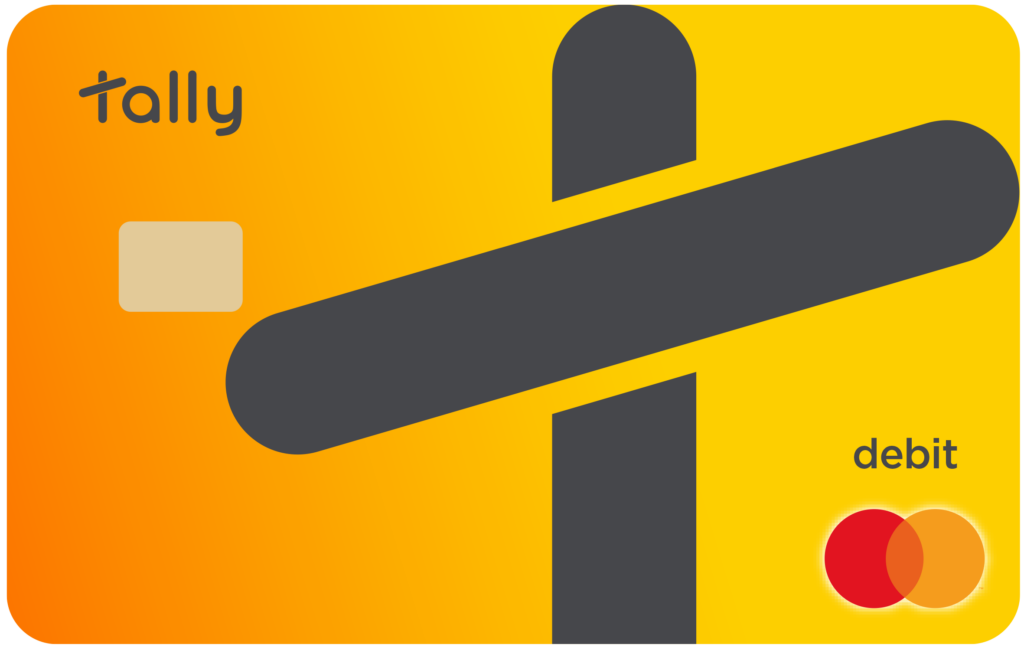When we think about the collective wealth squirrelled away in bank accounts, most of us picture wads of cash piled high in concrete vaults, à la Ocean’s Eleven. The truth is, the majority of money ‘held’ in bank accounts around the world only exists in digital form. In other words, were we to empty every purse, pocket, piggybank, cash register, ATM and bank vault on the planet, only 3% of the £26 trillion in circulation was ever physically made. As for the other 97%, it’s digitally created, and only ever available digitally via electronic deposits and transfers. And therein lies the problem.
Because the Great British Pound, and indeed all government-issued currencies, can be created with the stroke of a keyboard (and is through policies like quantitative easing), its value is constantly being undermined. In simple terms, the more GBP created and circulated, the less your GBP is worth. This is reflected through higher prices for goods and services, and stocks and property, which is particularly bad news for savers who have been steadily accumulating cash (whilst its purchasing power has been steadily declining).
Unlike money, gold is a physical asset, limited in quantity, and always a safe store of value, right? Wrong. The advent of paper gold like exchange-traded funds (ETFs), gold futures and other derivatives means that, just like fiat currencies (GBP, for example), there is more tradeable gold contracts in circulation than gold that physically exists. Let’s break it down.
Aside from jewellery, commemorative coins, and some industrial use (i.e. in computers and smartphones), gold in its physical form is referred to as bullion and can be owned and held outright by individuals, banks and the government. On the other hand, paper gold, or financialised gold, is a contract to deliver gold (or replace it with another contract for gold) at some point in the future. It’s like an IOU for gold from someone who doesn’t actually have any. Sensing a theme?
Many people don’t realise paper gold doesn’t equate to the same thing as physical gold, which has left some individuals incorrectly believing they own bullion. And because paper gold is traded like stocks, it comes with the same risks, such as counterparty collapse and failed funds. Put simply, there’s just not the same level of security holding paper gold as there is holding physical gold.
So, what does it all mean? Well, in terms of storing value, physical gold is the hands-down winner. But it’s too heavy to carry in your pocket. And too difficult to get change out of! Tally, however, is physical gold for use as digital cash, protecting the long-term value of your money whilst also providing instant use as money in a bank account.

